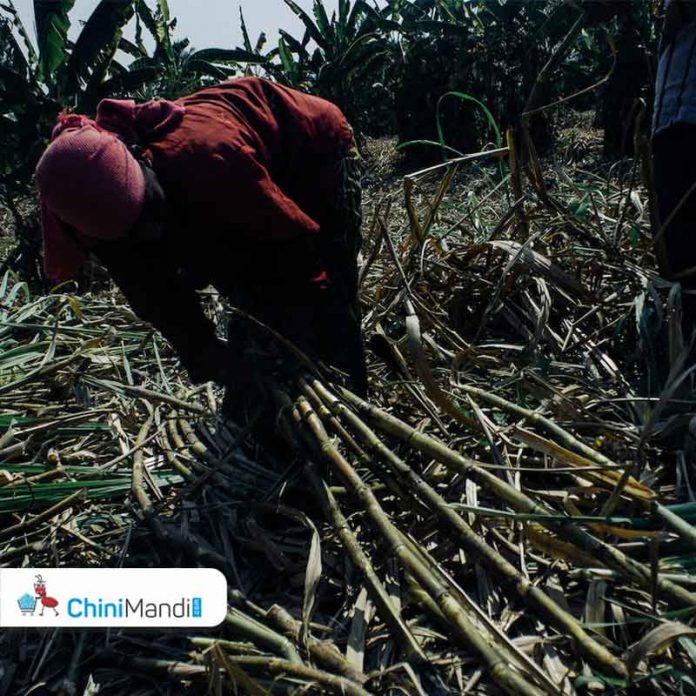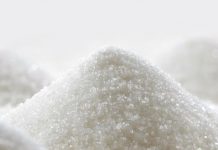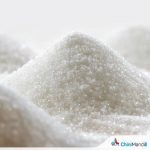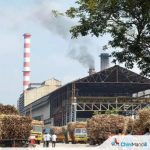Union Minister of State for Chemicals and Fertilizers Anupriya Patel informed Lok Sabha about availability of fertilizers in reply to a question today.
The Government provides subsidy to ensure adequate availability of fertilizers at affordable prices to the farmers. Under ‘DBT in Fertilizers’ system, 100% subsidy on various fertilizer grades is released to the fertilizer companies, on actual sales to the beneficiaries based on Aadhar authentication through POS devices installed at each retail shop. The details of subsidy provided from 2019-20 to 2024-25 (as on 22.07.2024) is available and is as below:
| Year | Amount (Rs. in Crores) |
| 2019-20 | 83466.51 |
| 2020-21 | 131229.5 |
| 2021-22 | 157640.1 |
| 2022-23 | 254798.9 |
| 2023-24 | 195420.51 |
| 2024-25 (as on 22.07.24) | 36993.39 |
The Indian Council of Agriculture & Research (ICAR) informed that to ensure nutrient rich fertilizers use soil test based balanced and integrated nutrient management practices through balanced and integrated nutrient management practices through conjunctive use of both inorganic and organic sources (compost, bio-fertilizers, green manure etc.), split application and placement of nitrogenous fertilizers, use of slow releasing N-fertilizers, nitrification inhibitors and use of neem coated urea etc. is recommended. To ensure balanced use of fertilizer, the Government of India through various schemes viz. Indigenous P&K, Imported P&K, Indigenous Urea and Imported Urea provides nutrient rich subsidized fertilizers to the farmers. Further, the Government has approved the Market Development Assistance (MDA) @ Rs. 1500/MT to promote organic fertilizers.
The Central Ground Water Board (CGWB) informed that water being a State subject, initiatives for water management, including its quality is primarily the responsibility of the States. However, various steps have been taken by the Central Government for facilitating ground water quality improvement/remediation of contamination in the country, as given below:
1. Data on ground water quality available with CGWB are made available in public domain through reports as well as through the web site (https://cgwb.gov.in) for use by various stakeholders. The data is also shared with concerned State Governments for taking necessary remedial measures.
2. Awareness generation programs/workshop on various aspects of ground water including preventing ground water pollution and safe use of contaminated water are being conducted by CGWB periodically.
Several fertilizer grades having potassium content have been included under NBS (Nutrient Based Subsidy) scheme viz., Muriate of Potash (60% K) NPK 10-26-26 (26% K), NPK 15-15-15 (15% K), NPK 17-17-17 (17% K), NPK 19-19-19 (19% K), NPK 16-16-16 (16% K), NPK 14-35-14 (14% K), NPK 14-28-14 (14% K), NPK 12-32-16 (16% K), NPKS 15-15-15-09 (15% K), NPK 8-21-21 (21% K), NPK 9-24-24 (24% K) and NPK 11-30-14 (14% K). Further, Potash derived from Molasses (PDM) which is 100% indigenously manufactured fertilizer having 14.5% K has been notified under Nutrient based subsidy (NBS) regime w.e.f. 13.10.2021.
(Source: PIB)












